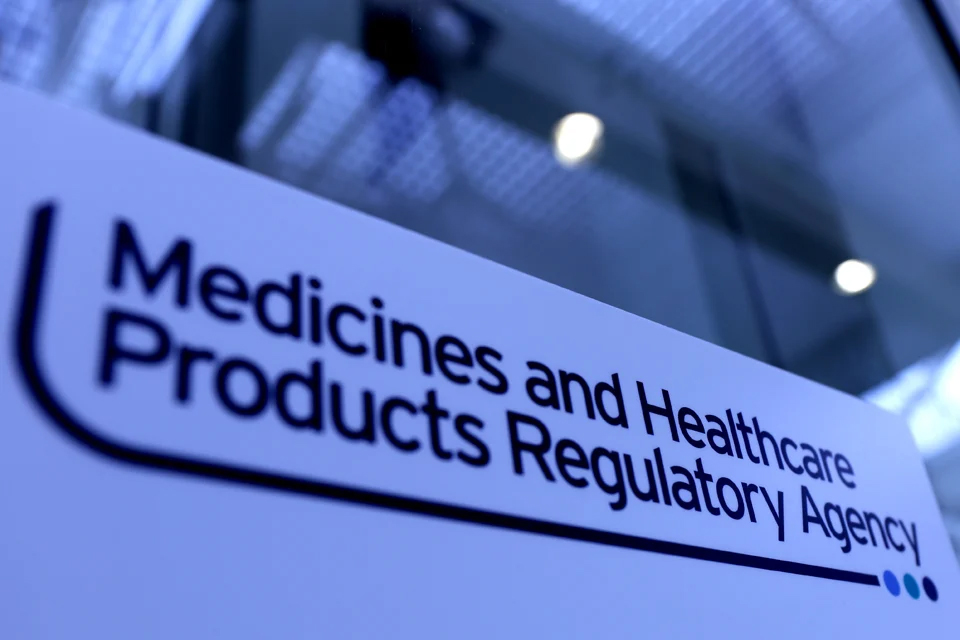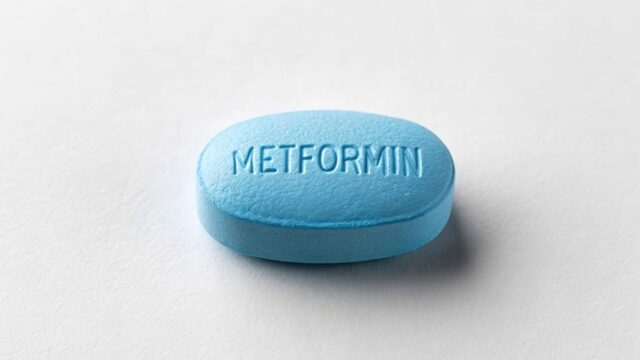Advertisment
Medicines and Healthcare products Regulatory Agency (MHRA) – not fit for purpose

The All Party Parliamentary Group (APPG) on Pandemic Response and Recovery has called for “a thorough, wide ranging and long overdue investigation into the MHRA”, which has failed repeatedly in its basic mission ““to protect and promote public health and patient safety, by ensuring that healthcare products meet appropriate standards of safety, quality and efficacy.” Indeed, things are so bad that “far from protecting patients, [it] continues to put them at serious risk”, it says. A letter from the APPG to Steve Brine MP, Chairman of the Health and Social Care Select Committee, cites a number of examples of the MHRA’s poor performance in recent years, which it says “merely represent the tip of a sizeable iceberg of failure”.
What the MHRA is for
The MHRA is by definition a regulatory body. Its mission is “to protect and promote public health and patient safety, by ensuring that healthcare products meet appropriate standards of safety, quality and efficacy.” Its mission statement says, “We keep watch over medicines and devices, and take necessary action to protect the public promptly if there is a problem”. It is a watchdog – supposed to scrutinise medicines and devices to ensure that toxic and ineffective products are not granted marketing authorisations (‘licences’) and to keep a watching brief over products in use to identify and act on safety signals promptly. It was originally set up (then as the Medicines Licensing Authority) to avoid another thalidomide catastrophe. However, a number of examples show how it has failed badly to do this in recent years.
Reports of myocarditis and pericarditis linked to Covid vaccines emerged fairly soon after the mass vaccination campaign started. APPG co-chair, Graham Stringer MP notes that:
“There is reason to believe the MHRA was aware of a signal for post-vaccination myocarditis and pericarditis in February 2021. However, it failed to mention myocarditis or pericarditis in safety updates in April, May and June, only alerting the public on June 25, supposedly “following a thorough review of extremely rare reports of myocarditis and pericarditis after COVID-19 vaccination”.
Since than there has been mounting evidence of myocarditis leading to emergency hospitalisation and, in some cases, death. Frequently those affected were young men who were at little risk from Covid infection, so we can say with certainty that early identification of this signal was important.
We note that the MHRA has also approved products of questionable safety and efficacy. A case in point is molnupiravir (Lagevrio), a known mutagenic ribonucleoside analogue, that was approved in November 2021.
Dr June Raine, MHRA Chief Executive, said:
“Following a rigorous review of the data by our expert scientists and clinicians, we are satisfied that Lagevrio (molnupiravir) is safe and effective for those at risk of developing severe COVID-19 disease and have granted its approval.
“With no compromises on quality, safety and effectiveness, the public can trust that the MHRA has conducted a robust and thorough assessment of the data.”
However, it was not long before it turned out (as predicted) to be linked to the development of mutant viruses that could also replicate and transmit. “This should have been of greater concern when molnupiravir was tested in clinical trials, and now that we have this evidence, regulators need to be proactive in monitoring virus sequencing databases for the effects of drugs that work by mutagenesis”, according to Ryan Hisner, co-author of the study in question.
Conflicts of interest
A number of factors appears to contribute to the failings of the MHRA. A key problem is the absence of reliable alerting scheme for early warning of safety issues. The Yellow Card Scheme for reporting suspected adverse drug reactions (ADRs) was supposed to do just this. In practice it is cumbersome and poorly-used and there is significant under-reporting of adverse events. It has been estimated that only two in every 100 ADRs actually get reported. Clearly, at this level it is almost impossible to detect the emergence of safety signals. The APPG has called for reform of the scheme to “provide a user-friendly, accessible, transparent repository of adverse event reports”.
Another important factor is the inherent conflict of interest arising from the way in which the MHRA is funded. “[It is] primarily funded by income from fees for sales of products and regulatory services: the breakdown sees 50% fees for services, 25% industry periodic fees and 25% Department funding. The fact that in March 2022, Dame June Raine, Chief Executive of the MHRA, boasted of the agency’s transition from “the watchdog to the enabler” does little to quell suspicions of conflicts and the implications for patient safety and cannot be overlooked”, according to the APPG.
In summary “the MHRA is increasingly seeking to bring medicines to market quicker with less pre-approval data and more post-approval research being conducted. All are being overseen by a regulator still heavily funded by the industry for whose products it gives regulatory approval and carries out post-marketing pharmacovigilance, which still lacks transparency, is failing adequately to scrutinise licensing data, inadequate post-marketing surveillance and persistent widespread problems with the reporting and detection of ADRs and device reactions”. The APPG “urges the Health and Social Care Select Committee to launch a thorough, wide-ranging and long overdue investigation into the MHRA, which has overseen and continues to oversee these issues, in a system beset by conflicts, and is often too late in detecting and acting to prevent serious harms.”
All in all, the APPG’s analysis of the MHRA’s performance is entirely in keeping with what thinking practitioners have observed through their own work in recent years. We should recall that its predecessors, the Medicines Regulatory Authority (MRA) and before it the Medicines Licensing Authority (MLA) were set up with the highest of motives – that is to ensure adequate scrutiny of data before a marketing authorisation (licence) is granted and to provide adequate post-marketing surveillance. The objectives were to ensure so that the public is protected from episodes such as the thalidomide disaster and that public funds are spent wisely. It is hard to escape the conclusion that we need to get back to these principles and we should encourage our legislators to take urgent action on the APPG’s recommendations.





